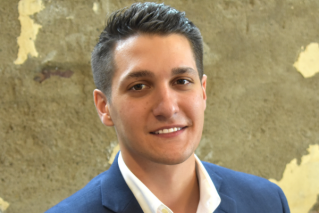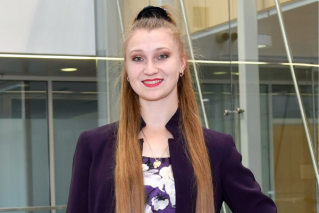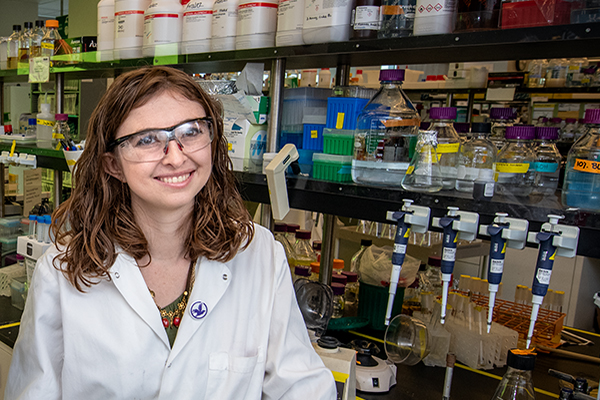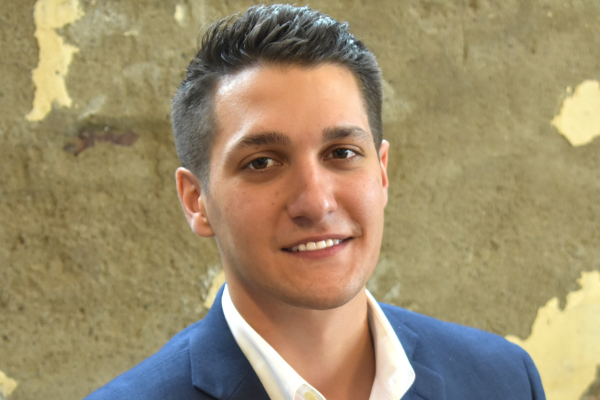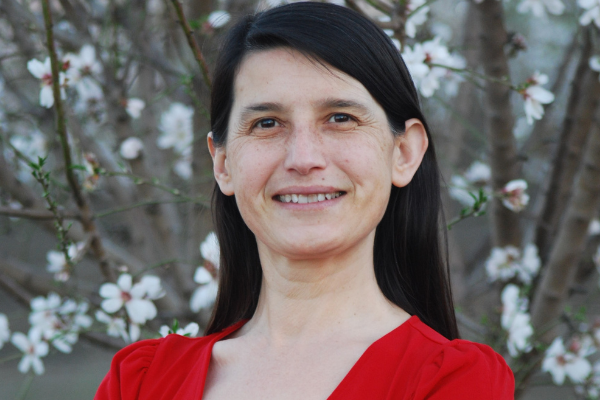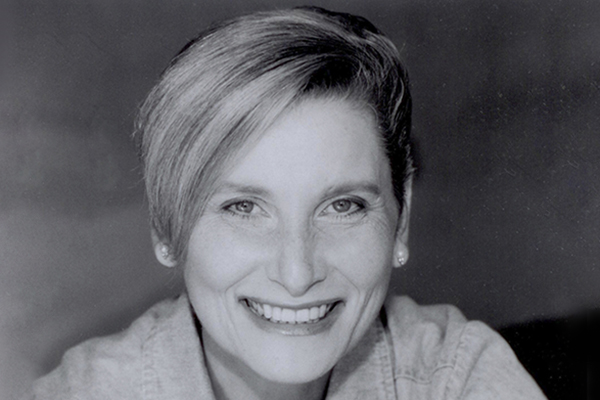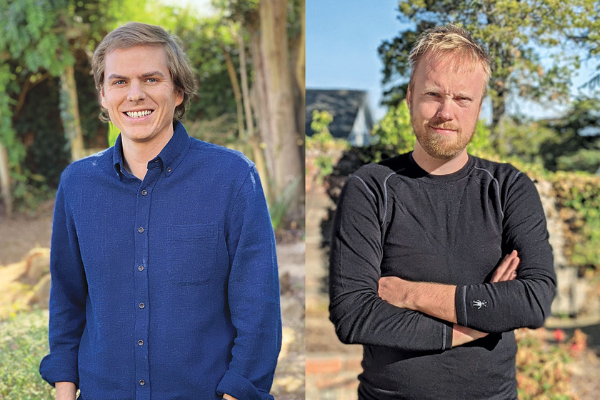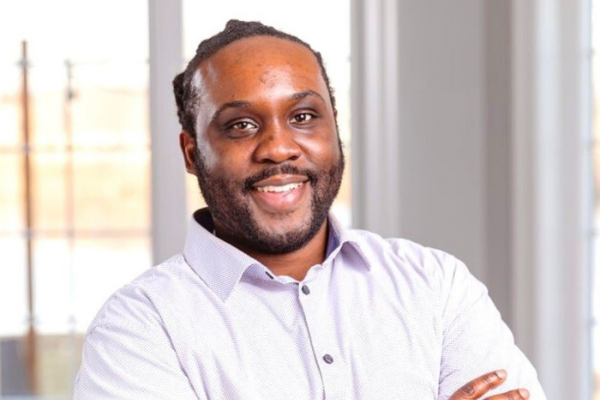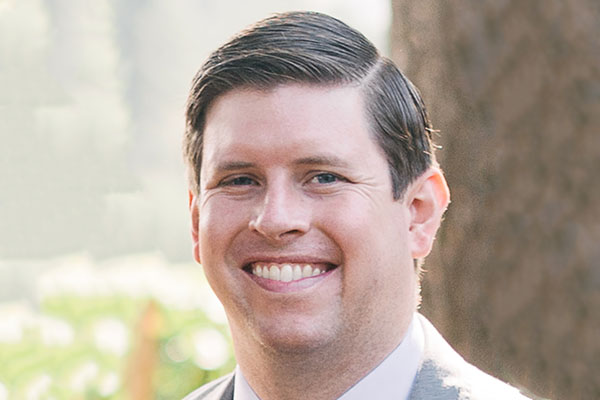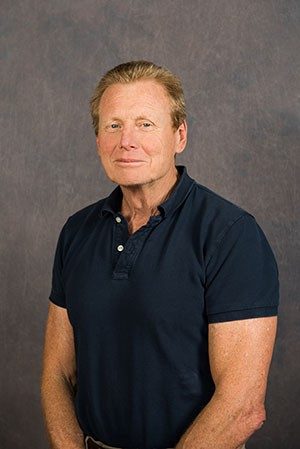
Dr. Daly is an entrepreneur and runs his consultant company for hi-tech start-ups and helps teams get non-dilutive funding by leveraging his experience as an I-Corps Instructor.
Previously, he was the director of The Alabama Innovation and Mentoring of Entrepreneur Center (AIME) from February 1, 2004 to August 1, 2019. He also served as Director of Technology Transfer at The University of Alabama from August 2006-September 2008.
As director of AIME, Dr. Daly was responsible for the overall operations of the center, including development and operation of the AIME Building and the Bama Technology Incubator (BTI) located on campus.
The primary mission of AIME was to serve as a Proof-of Concept Center for all of the innovations at The University of Alabama. AIME, an ICORPS Site, assists in identify and facilitate value-added innovation and making Minimal Viable Products (MVP).
Dan received a BS in Chemistry and Psychology from Florida State University and a PhD in Physical-Organic Chemistry from the University of Florida. Dan also did four years of post-doctoral studies in computer- assisted drug design at University of South Florida and Oregon State University, while his wife completed medical school.
Transitioning from chemist to entrepreneur is no small feat. Take it from Dan Daly, Daly Business Consultants. He’s gone from Ph.D. chemist to entrepreneur to entrepreneurship instructor. His advice to chemical entrepreneurs starting out? Don’t be intimidated by risks. If you have to, think like a soccer forward.
“I was always amazed at our forwards when I played soccer,” Daly began. “They would miss a wide-open shot, they would lose the ball and it never bothered them. They went and got back in there as if nothing happened. When they finally scored a goal they were acting like the biggest studs in the world because they finally scored one – what, ten percent of their shots? The thing was, it never bothered them that they missed.”
A scientist, Daly added, should be able to develop this same resilience that the soccer forwards had. He said that sometimes, and often more than 50 percent of the time, a business venture, startup, technology will not go the way the scientist hoped it would and that’s okay.
Daly explained that the chemical industry can sometimes be so risk-averse that he would be professionally penalized in his own company for his lack of risk-aversion. When he worked at a fuel additive company, he looked through an idea database at the company and he would write business plans for some of those ideas. He pitched it to internal corporate workers and they never picked it up, but as a part of his contract he was allowed to pitch the ideas to other customers. When he did pitch off-site, the higher-ups said they changed their mind and offered Daly a severance package if he didn’t agree with the deal. He took it.
“So if you are a corporate entrepreneur,” Daly advised, “which I became, you just have to be careful of those existing businesses to make sure they don’t see you as a threat. I should have gone out of my way to make myself more of an ally.”
However, Daly points towards a more collaborative and industry-supported method – agile teams. He says that they are good environments for people in industry to express their creativity and innovation. With funds and innovation coaches, agile teams are the best example of the insulation that the chemistry industry could provide its entrepreneurs.
Daly returns to the soccer metaphor to illustrate the importance of collaboration for chemical entrepreneurs. He believes that collaboration is the best, most efficient way to start a business and create a new technology because a person doesn’t have to build everything from scratch on their own.
“I was a coach and I would always go to our center forwards and say, ‘Look, we realize that you want the ball. We realize that if we give you the ball you’re going to do wonderful things…But don’t tell the midfielders what to do, and don’t tell defense how to play…It would be great if people could just work like that.” Daly said.
While industry provides insulation, academia produces bright-eyed hopefuls in the chemical entrepreneurship sector. Daly says student entrepreneurs get inspired by the inventions and potential impacts. “Their [the students’] eyes get big,” Daly explains, “they get excited.” Academia, it seems, is a less risk-averse sector for entrepreneurs.
When Daly left the fuel additive company, he started working at the University of Alabama, where he eventually became an I-Corps instructor. He ran the Alabama Innovation and Mentoring of Entrepreneurs (AIME) there, a group where Daly convened law students, MBA students, and chemists to assess intellectual property patents from UA.
Daly formalized this group and the processes he used in it by getting trained as an I-Corps instructor at Georgia Tech. Daly says I-Corps classes are the best teachers of these soft people skills that chemists will need to develop to successfully pitch their technologies to investors and the public.
There’s danger to letting another firm or marketing manager explain a chemists’ technology – they don’t know that technology best. The meaning and purpose of the technology can easily get muddied if the chemist or chemical engineer themselves cannot present it to investors and the public. Daly tells a warning fable about a chemist in 200 B.C. who invented glass and let the prince give a glass vase to the emperor. The prince, not understanding the fragility of glass, dropped it and handed the broken shards to the emperor, who cut himself on the shards. The emperor demanded to know the glass-maker and the chemist was punished.
"I think chemists need to get more involved,” Daly explains at the conclusion of the fable,“ and they just need to get out of the lab, get their inventions into the people's hands and they're the ones who should do it."
This article has been edited for length and clarity. The opinions expressed in this article are the author's own and do not necessarily reflect the view of their employer or the American Chemical Society.
Copyright 2020 American Chemical Society (All Rights Reserved)

